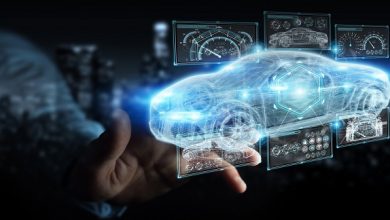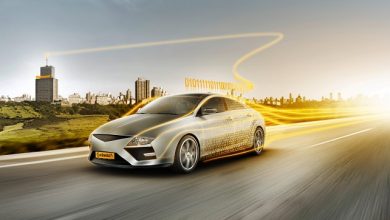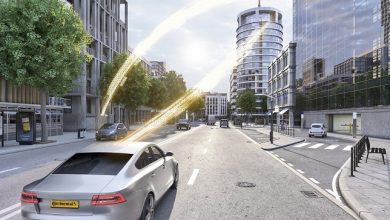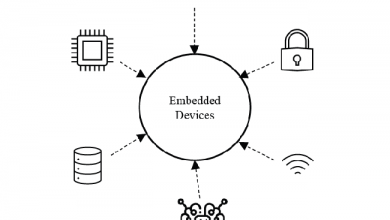Indian Automakers and their frontend challenges of connected mobility
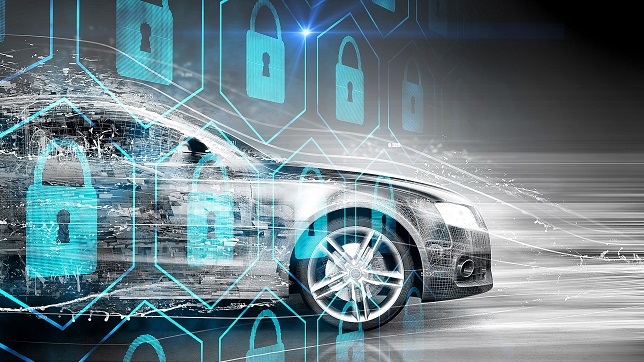
Connectivity is vital and integral part of everyone’s life in this modern era. Indian market is witnessing the impact of “Digitization & Connected Mobility”, ever-increasing with the launch of Connected Car Technology.
Connected car is the next big leap in Indian market and disrupting the automotive industry, gives enhanced user experience and open the gates for new business opportunities and new revenue streams. In fact, in India almost every automaker turned their focus on connected cars way-back, however the revolution of connected mobility kicked-in with the launch of internet cars from Hyundai and MG.
The market for connected car is forecast to grow over the next few years as the car buyers in India are crazy about cars and opting for car having more sophisticated technology which offers ADAS (Advanced Drive Assistance System), Connected car technology etc.,
The benefits offered through this connected car technology are numerous and helps the users to stay connected with their peers, family & friends. Connected cars offer the end users to monitor and control their vehicle remotely and provides innumerable buckets of services such as location-based services, command & control services like remote door lock/unlock, remote engine start/stop, remote AC control etc., entertainment services and other value-added services.
Nevertheless, there are few challenges which have been faced by the automakers in India and automakers are looking forward for ways to overcome these hurdles.
1. Reliable Network & Coverage
Major challenge for automakers is to provide the best user experience and a reliable network coverage. Hence it is important for automakers to offer seamless connectivity by ensuring wider coverage and 100% network availability.
A little lag or smallest lapse in the connectivity services will completely ruin the customer experience and may provide wrong data points and inappropriate judgement in case of emergency situations. Hence automakers shall comply with latest telco technological trends, also ensure network security as there is a high degree to chance of breach with the emerging of these new technologies.
Few MNOs’ (Mobile Network Operators) offers multi-carrier data-enabled SIM cards for M2M environment but there are few limitations that make the solution futile such as it can connect to only few predefined carriers, though a faster connection through a secondary or a different carrier is available, it still stays connected with the primary carrier and fallible fallback mechanism to primary carrier while connected with secondary carrier.
Thus, maintaining wider coverage, state-of-the-art connectivity and network security in a mobility are highly challenging and require very good understanding and long-standing relationship between Automakers and MNOs, which is exigent and audacious dream of many automakers in India market.
2. Infrastructure aids Smart Cities & Connected Mobility
Today’s smart cities focus on connected mobility with 5G technology. Of course, smart city revolution will only be possible when there is a fast, reliable connectivity. Hence it is expected in couple of years, 5G technology in India will be rolled out on a massive scale and unleashes incredible opportunities.
Since 5G promises some radical changes in telecom industry, telecom operators are urging the DoT (Department of Telecommunications) to define a clear road map of spectrum allocation and 5G frequency bands. 5G technology is expected to deliver improved user experience in terms of data download rates with greater spectrum efficiency, and ultra-low latency and expected to unlock the potential of the connected cars and be a driving force for smart cities.
However, a recent study states that 4G technology in India to remain dominant despite launch of 5G technology, hence automakers could be puzzled with their technology roadmap aligning regime futuristic products enabling 5G.
Around 100 cities in India covering 21% of India’s urban population are identified for Smart Cities, however there are few challenges remains unresolved; It is also unfortunate that a master development plan encompasses state-wise details, distinct target timelines, adequate infra and skilled man powers are yet to be conceptualized. Hence it is believed that the evolution of smart cities is predictable in India and may take a little longer time to gain its full momentum.
3. User Experience – A Different Dimension
With the outbreak of COVID across the globe, end user demands are changing for all industries and the automotive industry is no exception.
In-car payment is one of the most prominent trends in the automotive industry. Furthermore, there are many new trends emerging amongst automakers, one such trend is “Smart Wallet technology” that will pay users in cryptocurrency for sharing data such as road, traffic conditions etc., However in-car payment ecosystem include various services from different stakeholders including platform, processing, account, connection, messaging, and settlement. Hence to guarantee 100% success in transaction in a mobility solution shall be nightmare for automakers.
In addition, a recent survey indicates, screens are infiltrating the user’s “me time” and making them less happy. Developing mindful technologies with stopping cues are much anticipated for the users. Automakers are figuring out multiple ways to enable this through differentiated UX (User Experience) & UI (User Interface) leading to higher development efforts and cost.
The perception of cars is changing and will be different in near future and future cars shall be perceived as “computers you can sit inside”. The competition among automakers is vicious and trying to keep with such demands can be cost-prohibitive and hence developing meaningful technologies are critical challenges.
Currently Connected Cars and ADAS are in their infancy stages, end user understanding, and acceptance of these features will pave the way for next level autonomy and connectivity. Automakers are providing free subscriptions to the users ranging from one year to three years, the tangible acceptance of these features shall be recognized from the number of users who tend to go for re-subscribing once the free subscription trail is lapsed.
4. Safety and security should go hand-in-hand for better mobility
Today’s techno-market unleashes the potential of internet and reveals that a connected car can communicate with thousands of devices and can control or can be controlled from anywhere anytime. Also in-car applications have become much sophisticated and can accommodate countless functions and services. However, every new feature or function added to a vehicle system adds to the risk of cyber-attack.
Without a bit of doubt, safety and security are the most critical area in automobile.
If hackers get access to a vehicle to the cloud network, they can potentially hack the complete fleet of vehicles connected to that cloud network. In case of a Connected Autonomous Vehicle any breach in the system can lead to fatal accidents.
Hence to keep vehicles safe from threats, it is imperative that automakers need to adopt latest start-of-the-art cybersecurity approaches that addresses not only the distinct exposures in software, but also the hidden vulnerabilities and comply with ISO 21434 standard.
Furthermore, it is misconceived that safety and security are different and security is more important than safety. Few automakers strongly believe that there should be safety underneath security and hence ensuring that the moderns cars comply with safety standards like ISO26262 and IEC61508 in addition.
Safety and security are of paramount importance and any automobile would be rated primarily on how secure the car is and how safe it is from malicious intrusion and failure.
5. Indian Regulatory Guideline – An indefinite orientation
Currently, all automakers in India in collaboration with government bodies and regulatory authorities facilitating enhancement of the competitiveness of the Indian Automobile Industry and take appropriate actions to improve safety and security via intelligent transportation system.
Indian public transportation and commercial purpose vehicles are equipped with location tracking devices, camera surveillance and emergency buttons to facilitate safe commutation, however the regulation of passenger vehicle segment is still indeterminate, and automakers are mystified with the regulatory guidelines of this segment.
With the boom of ADAS and connected vehicles, it is expected that government and regulatory bodies would mandate features like automatic braking and lane departure warnings to reduce accidents in future followed by European countries.
Automakers are also challenged to secure the user personal data collected over connected cars. A recent survey indicates that only 35% of Indian customer trust automakers to manage their car data and self, hence when government formulates pungent “Data Protection Regulation” in upcoming years, automakers should augment their database architecture to comply with the regulations.
Author:

Dani Chandrasekar
Lead Engineer – Mobility & Connected Technology
Mahindra & Mahindra Ltd.
Automotive electronics technical leader with 13+ years of experience in product development in Auto & Auto ancillary industries. Thoughtful professional in the automotive industry and focused in the areas of Green Initiatives, Energy Management, Drive Analytics, Cockpit Electronics, Automotive Infotainment, Telematics and Connected Cars. Pragmatic Thinker and data-driven decision maker who is extremely committed in providing automotive products with enhanced user experience.
Published in Telematics Wire

